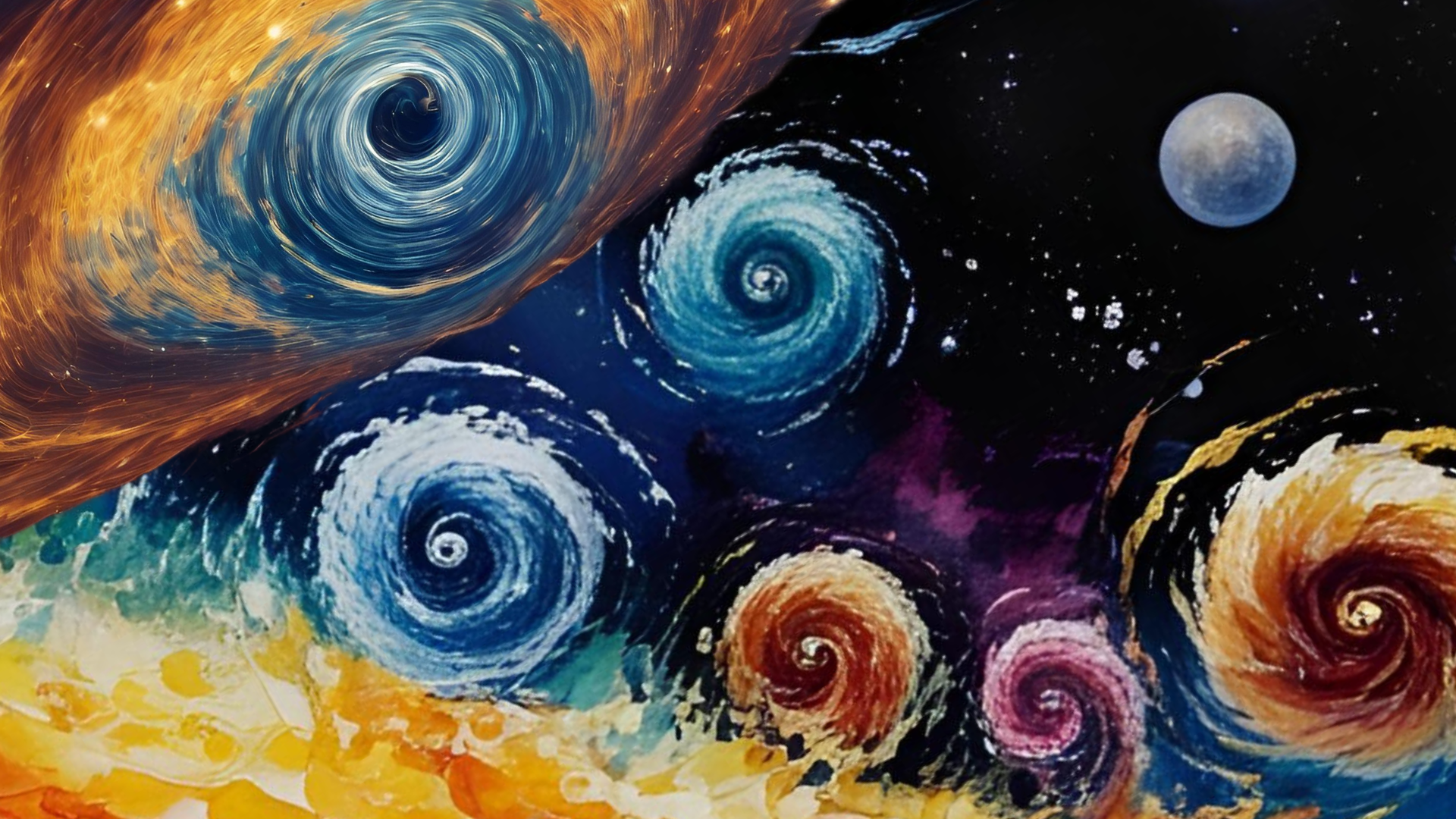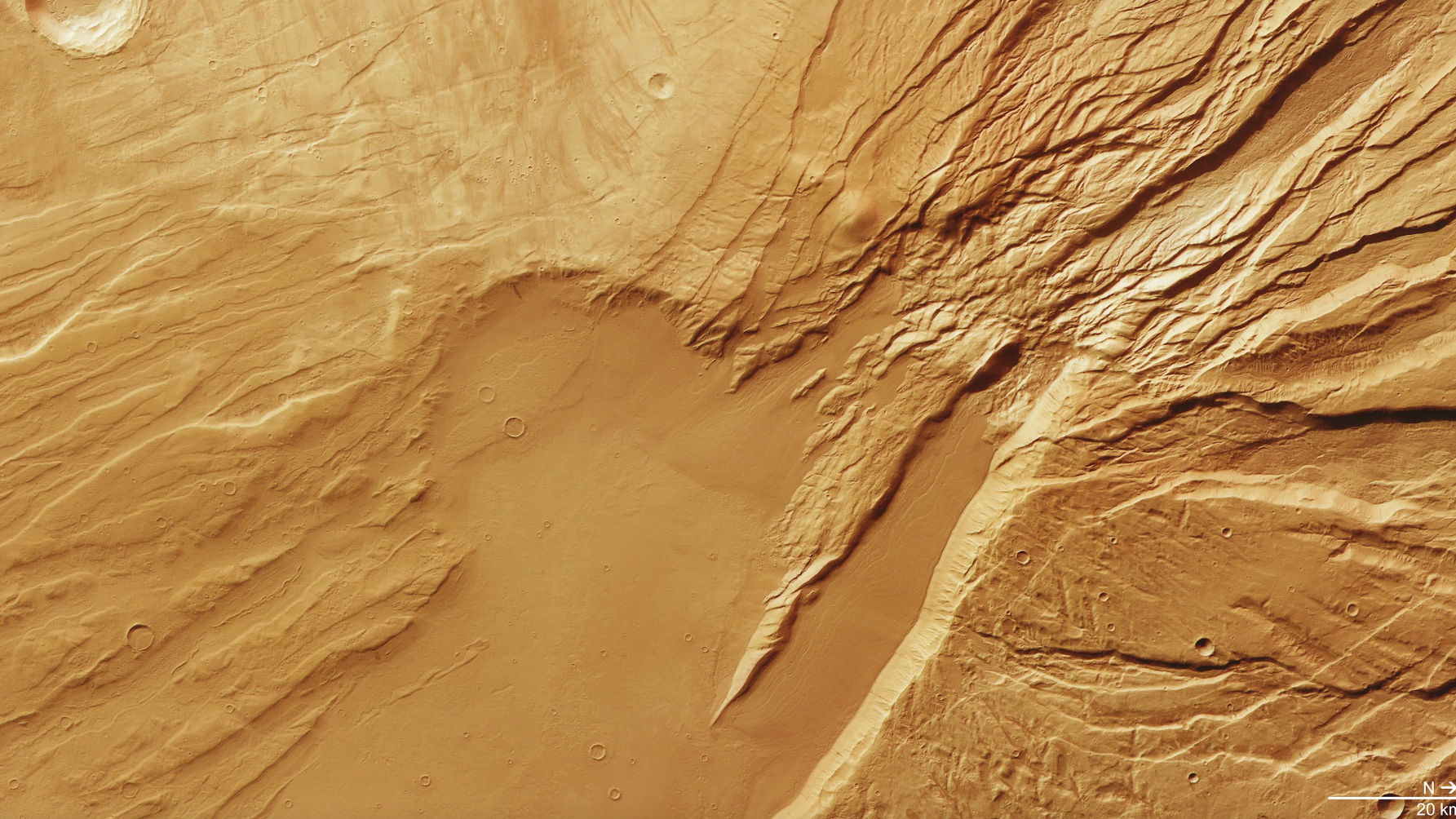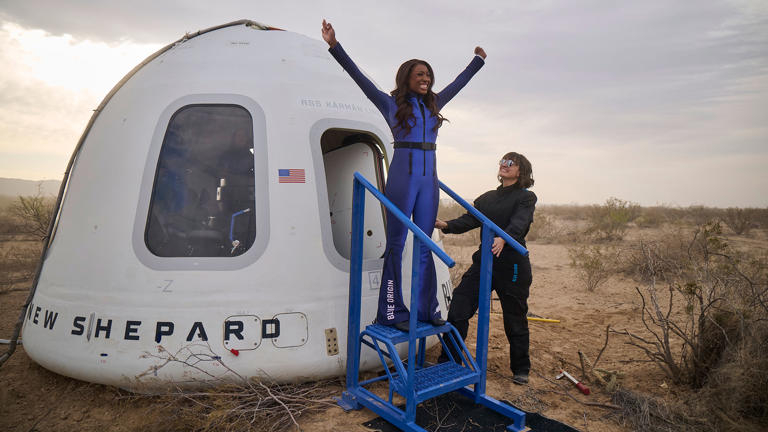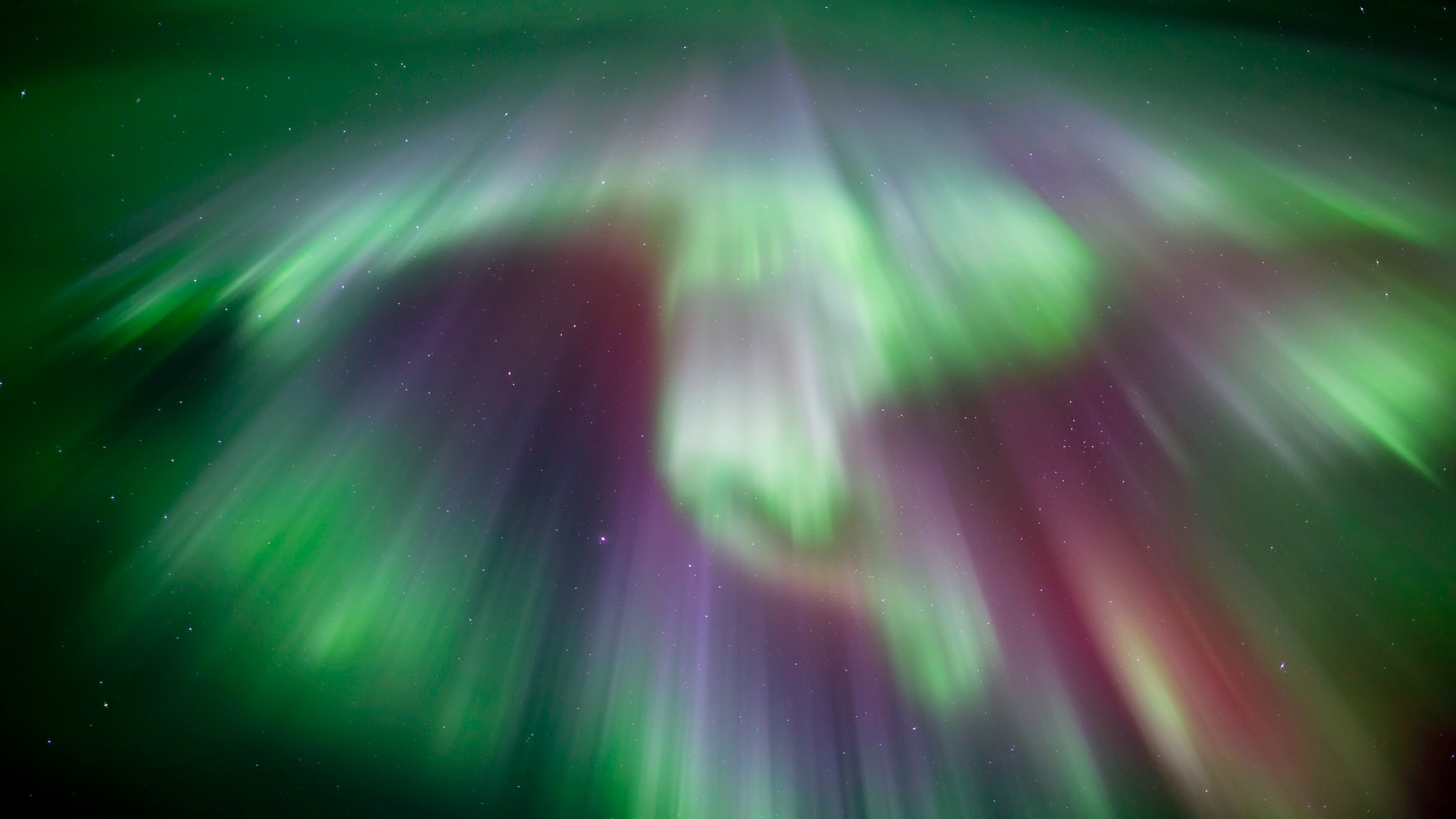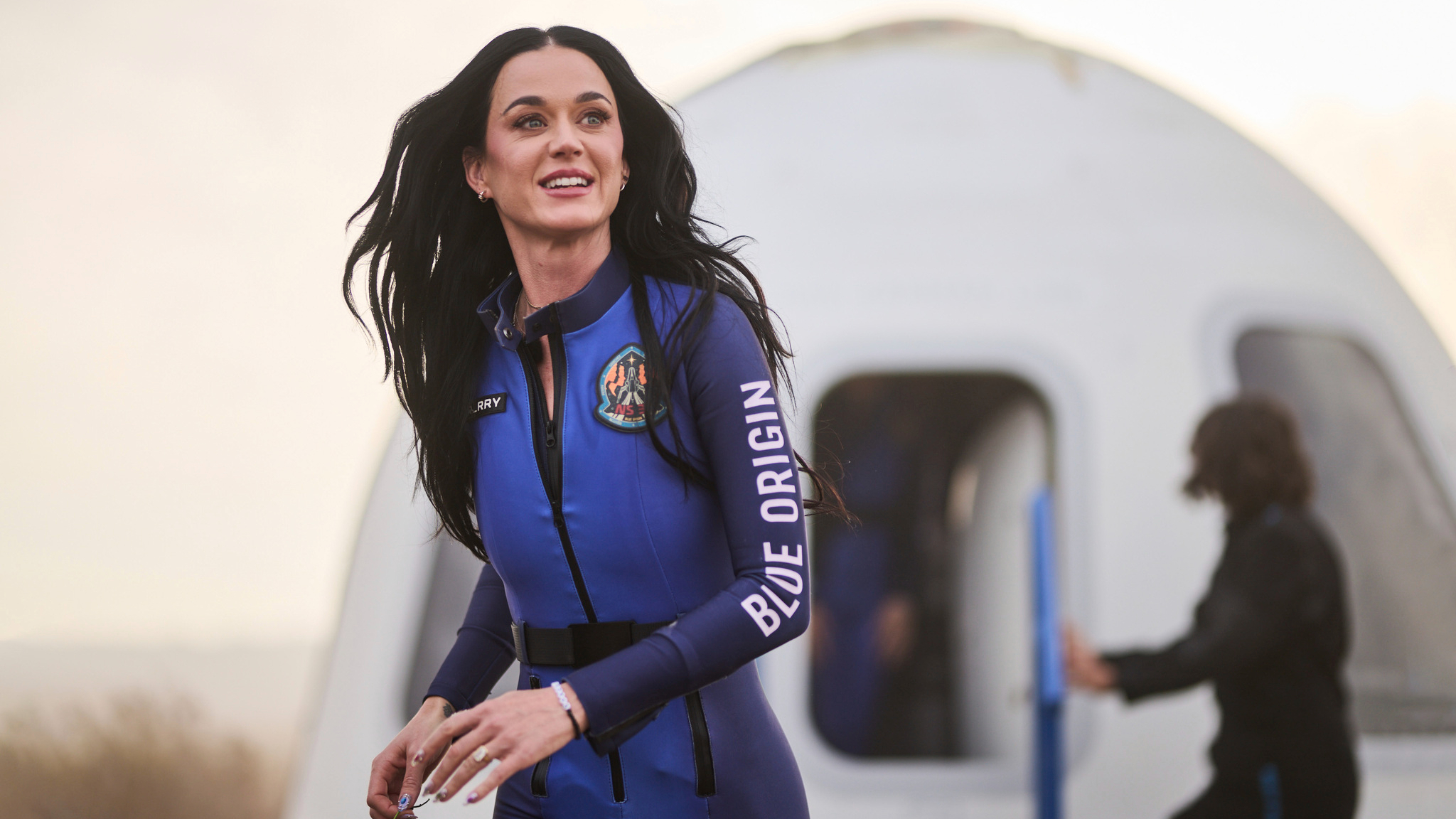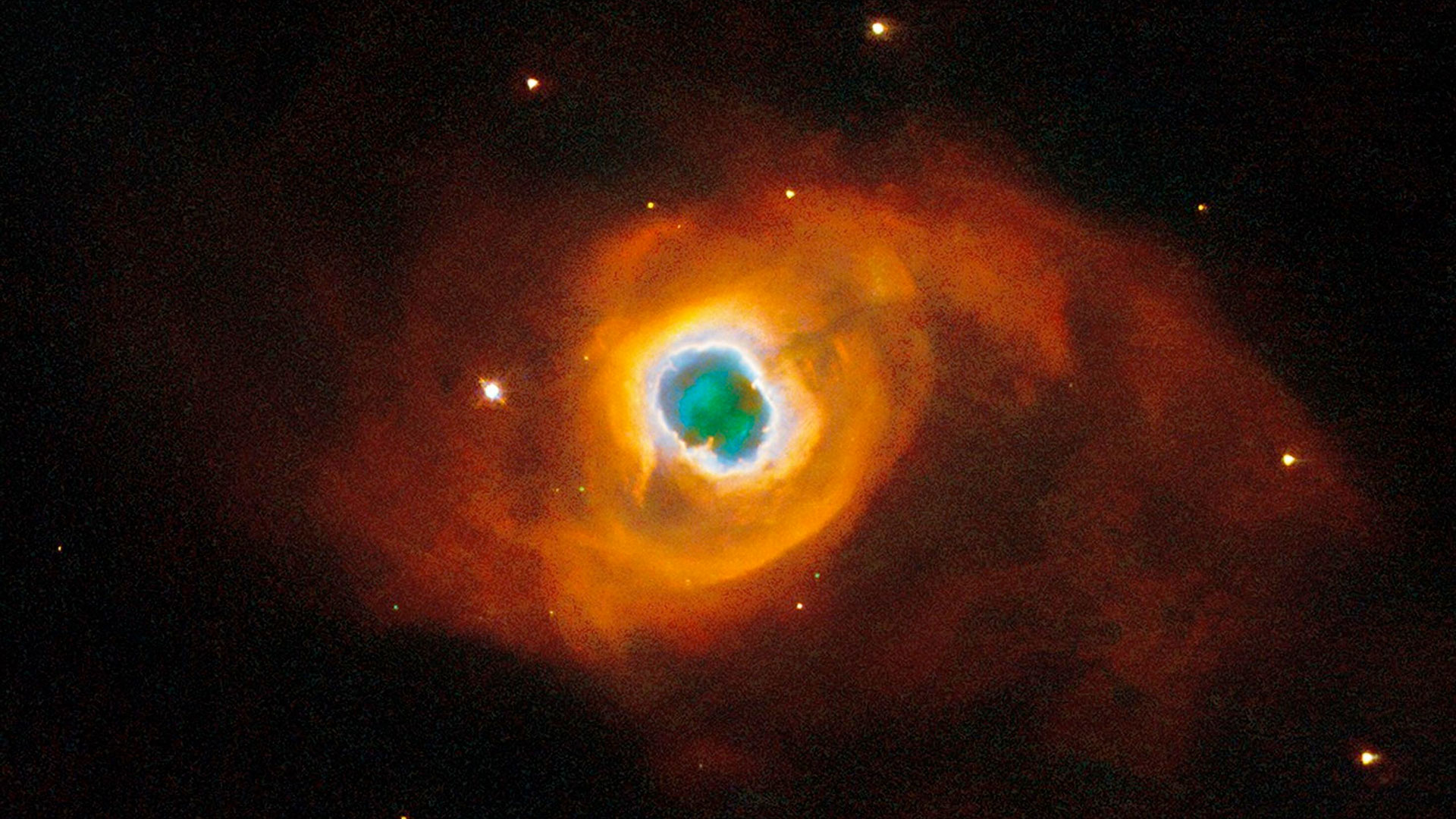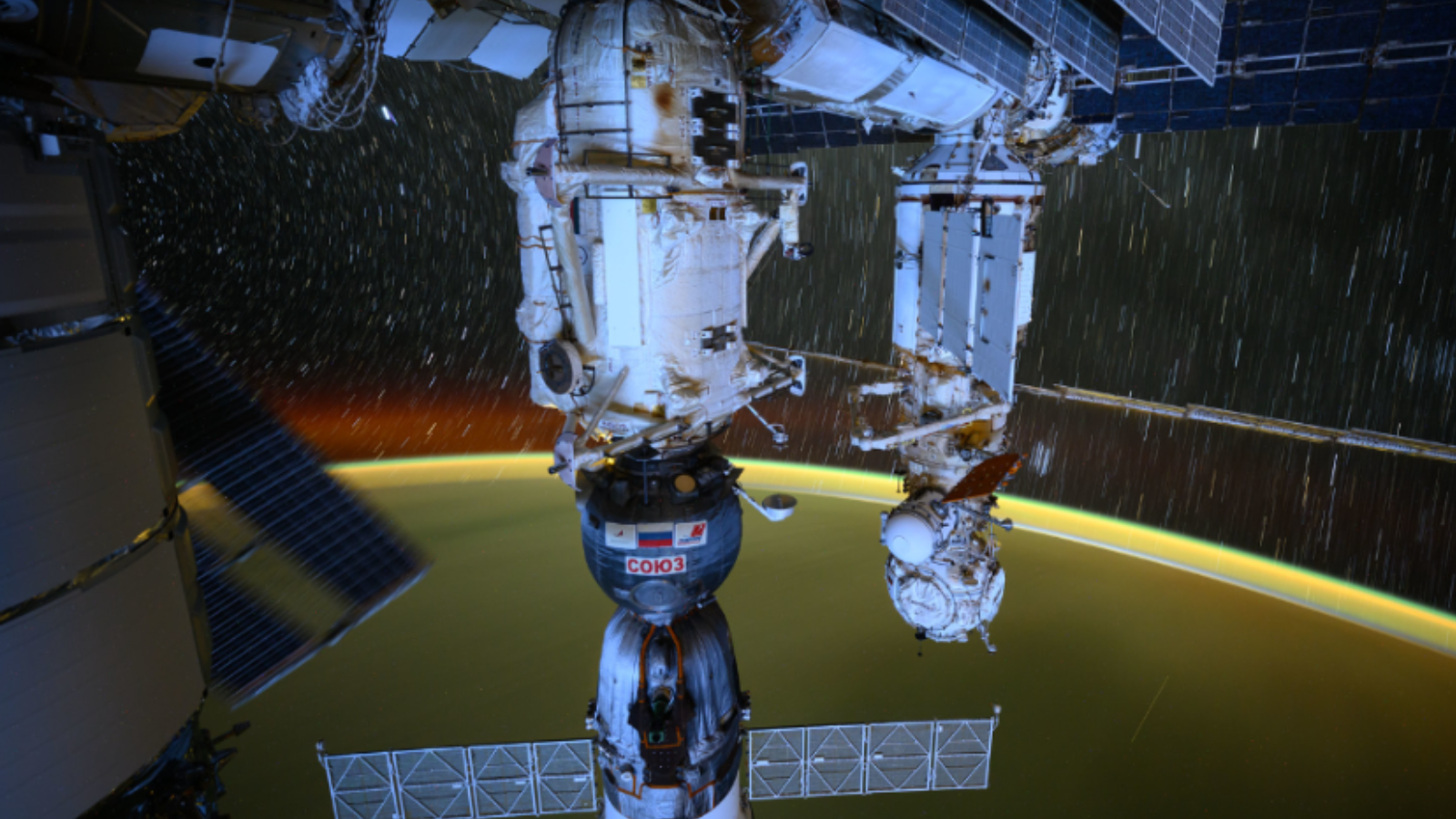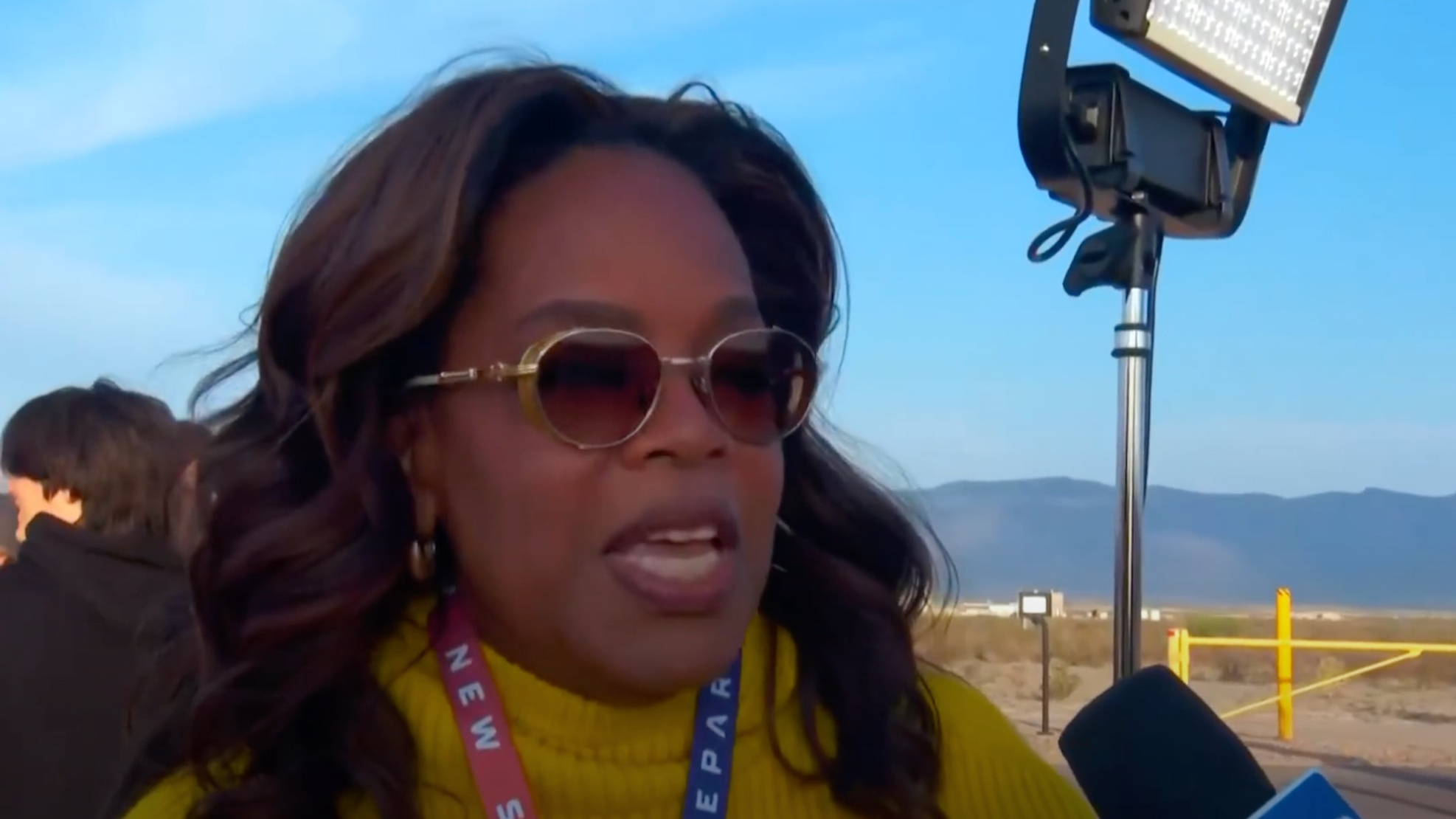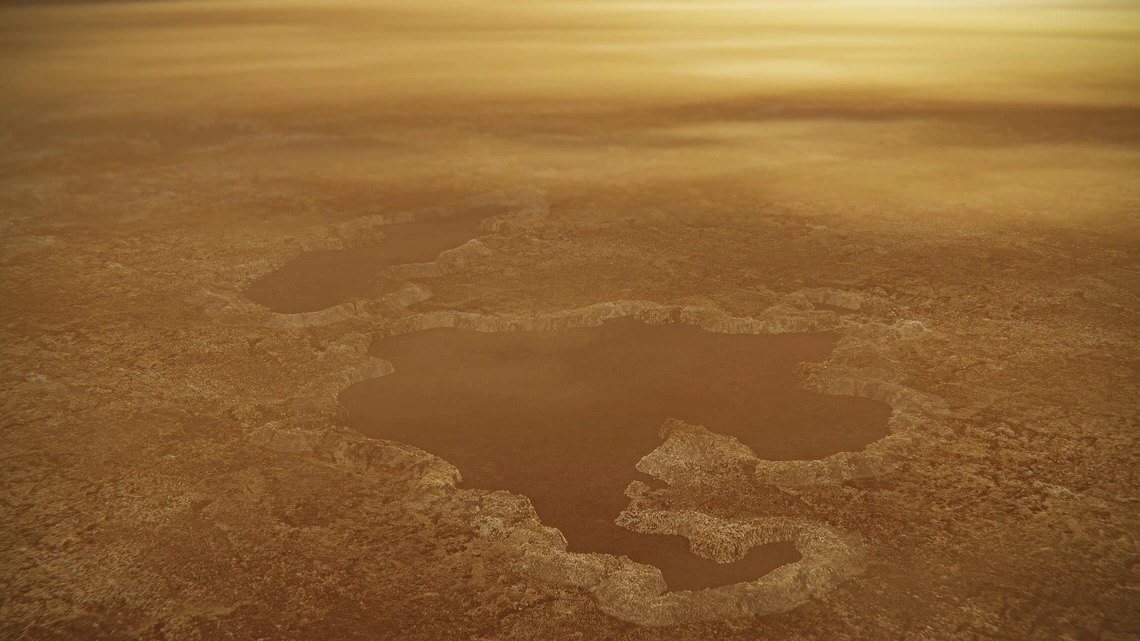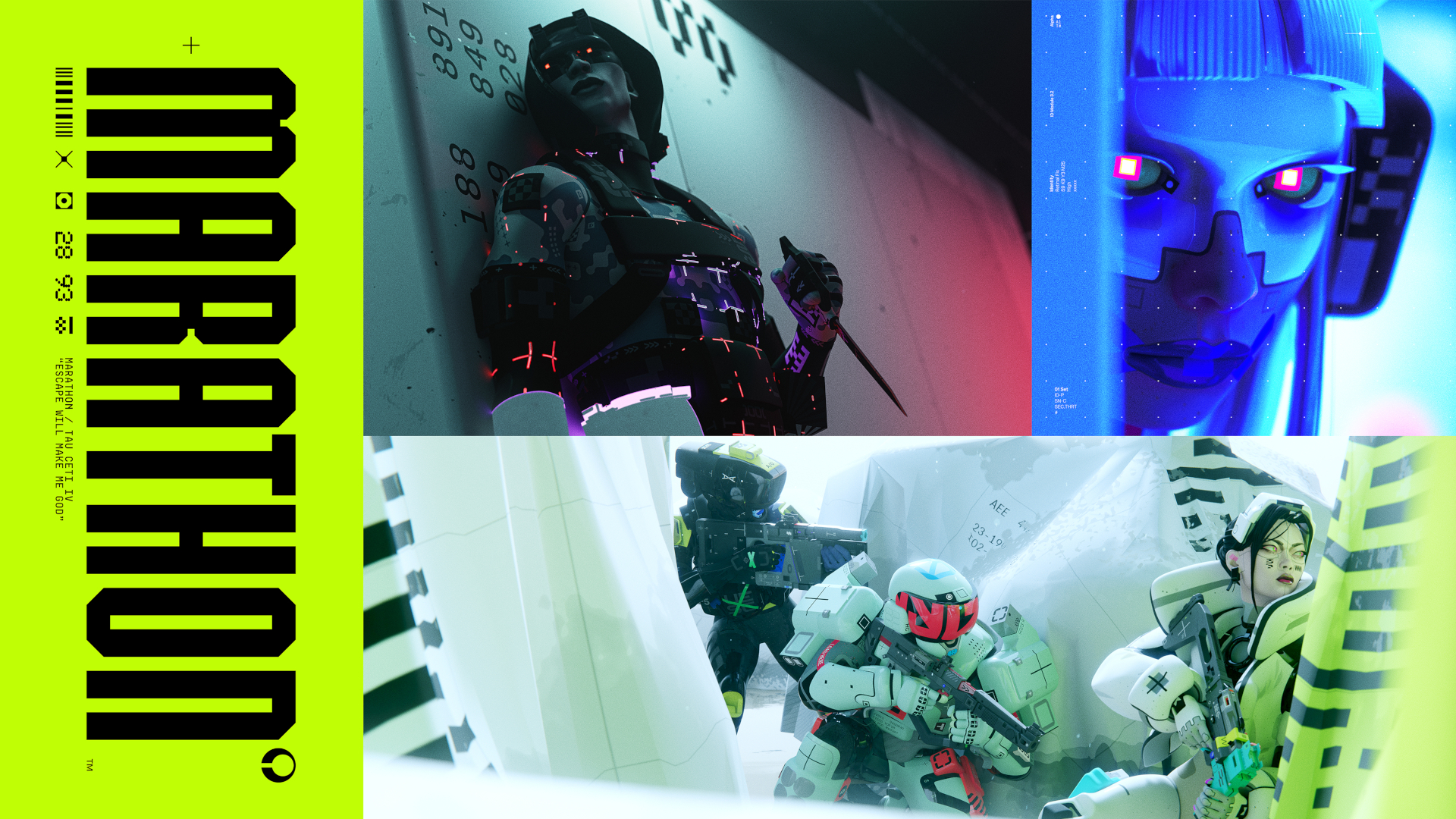The next giant leap? How jumping could help astronauts train for trips to the moon and Mars
"Cartilage damage is a really major issue that space agencies need to address despite how very poorly understood it is."
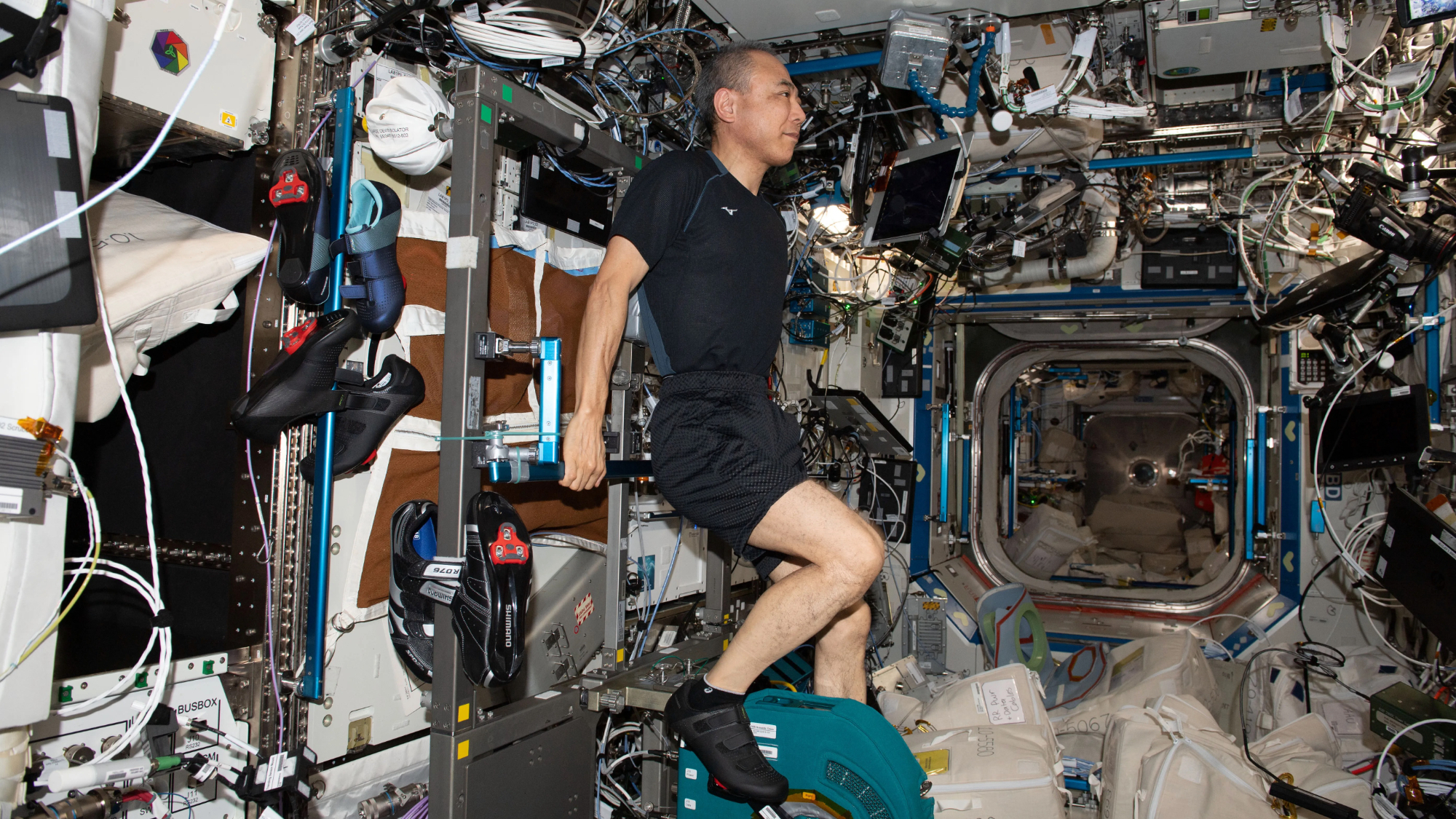
Jumping exercises could help protect astronauts from knee and hip pain during long-term missions to the moon and Mars, according to new research.
The findings add to the growing body of evidence aimed at safeguarding future space travelers from the potentially debilitating effects of prolonged spaceflight.
Microgravity impacts nearly every aspect of the human body, typically in a negative way, and even after just a short period of exposure. Previous research monitoring the health of astronauts during a three-day mission in orbit showed that nearly all the changes reversed to normal once the crew returned to Earth.
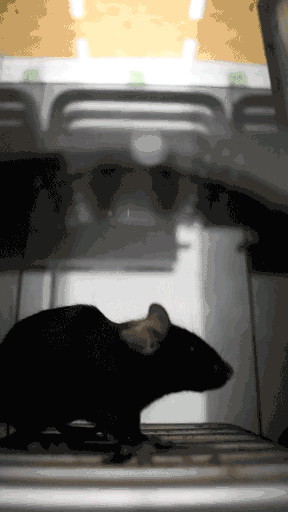
But scientists worry that astronauts could also endure more long-term changes, such as damage to cartilage, the tissue that cushions the joints and is essential for pain-free, unrestricted movement. Such impacts could impair astronauts' ability to perform physically demanding tasks like spacewalks, and affect their ability to handle equipment and perform repairs.
Related: Weightlessness and its effect on astronauts
Prolonged inactivity — a possibility on space missions — can result in changes in the body that accelerate cartilage breakdown, which has limited capacity for self-repair. Space radiation can further exacerbate this effect; experiments by the European Space Agency have found evidence of cartilage degradation in astronauts who spent four to six months on the International Space Station (ISS).
"Think about sending somebody on a trip to Mars: They get there and they can't walk because they developed osteoarthritis of the knees or the hips, and their joints don't function," study lead author Marco Chiaberge, a research scientist at the Johns Hopkins University in Maryland, said in a statement. "Cartilage damage is a really major issue that space agencies need to address despite how very poorly understood it is."
Get the Space.com Newsletter
Breaking space news, the latest updates on rocket launches, skywatching events and more!
Chiaberge and his team found that five mice that jumped three times a week for two months in a lab here on Earth showed thicker, healthier knee cartilage. A second group of four mice was fed with the same food and water, but was restricted to reduced movement. This group experienced cartilage thinning and other early signs of arthritis, according to the new study, which was published last week in the journal npj Microgravity.
"The positive effect we saw in these mice is huge, and the magnitude of it was unexpected," Chiaberge said in the statement. "They can basically make their cartilage thicker if they jump — maybe astronauts could use similar training before their flight as a preventive measure."
Astronauts on board the ISS dedicate two hours every day to cardio and strength training exercises geared toward preserving tissue and bone health. But these countermeasures are not specifically designed to minimize cartilage breakdown, according to the new study.
Whether the positive effects observed with mice in the new study can be transferred to humans is unknown. Still, because the two-month study in mice corresponded to roughly five human years, such jumping exercises could be incorporated into astronauts' routines before and during spaceflight, Chiaberge said in the statement.
Astronauts "will need to spend more time in space and the moon, where we will build larger telescopes to explore the universe and where they will need to stay as healthy as possible," he said.
Join our Space Forums to keep talking space on the latest missions, night sky and more! And if you have a news tip, correction or comment, let us know at: community@space.com.

Sharmila Kuthunur is a Seattle-based science journalist focusing on astronomy and space exploration. Her work has also appeared in Scientific American, Astronomy and Live Science, among other publications. She has earned a master's degree in journalism from Northeastern University in Boston. Follow her on BlueSky @skuthunur.bsky.social
